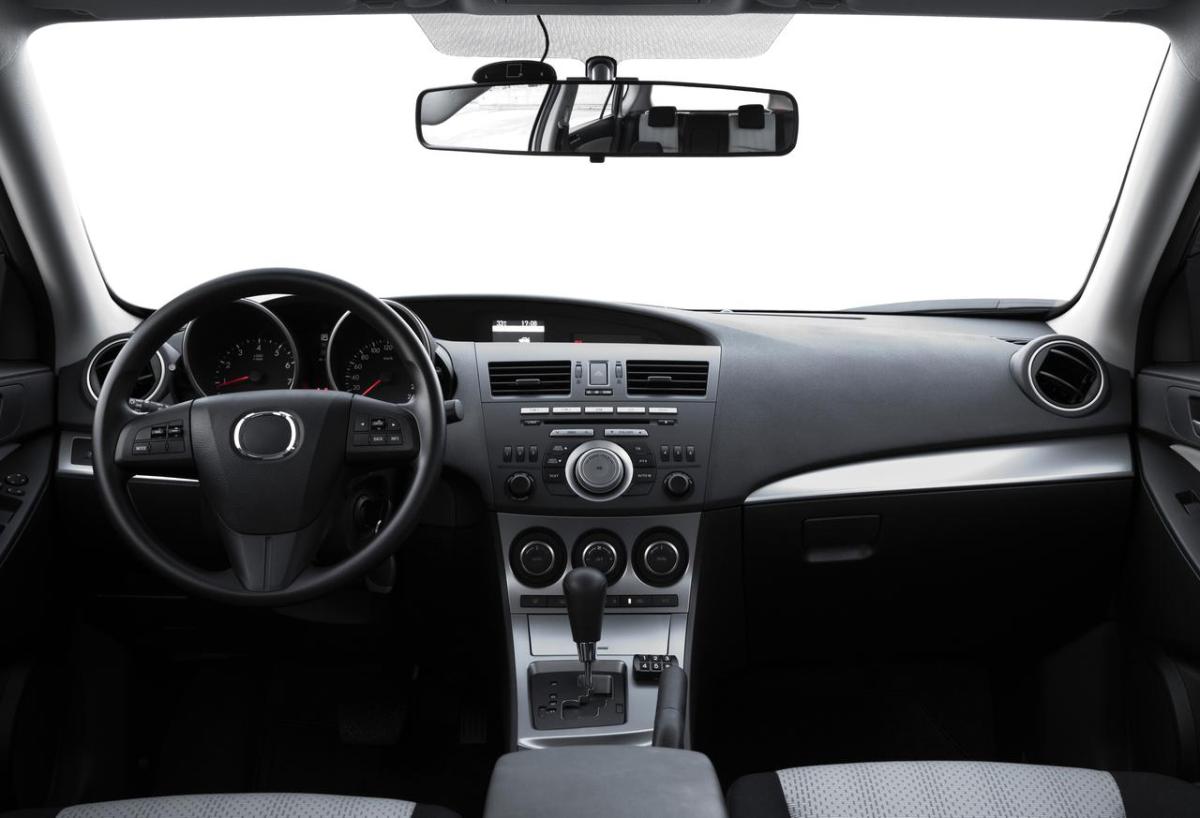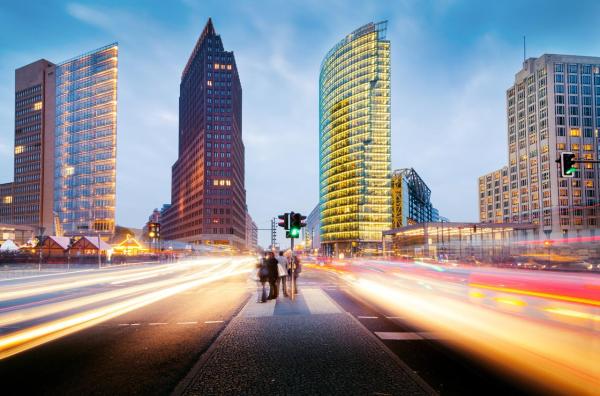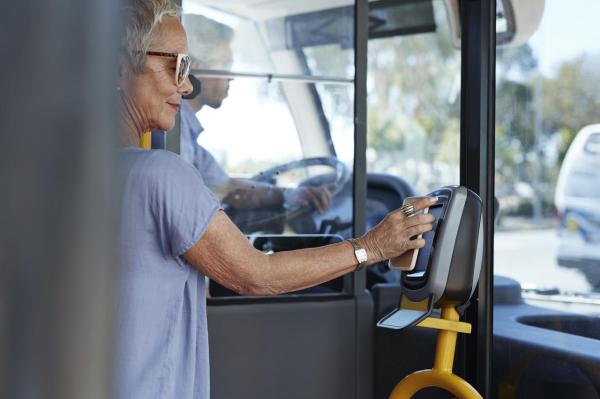Technology and digitalisation are not only changing the way cars are made, but also the way they are driven and driven on all types of roads, especially in cities with the development of Smart Cities. Users and landscapes are beginning to evolve at the pace of technological innovations.
What is today’s car buyer like?
According to the 2023 Global Automotive Consumer Study by Deloitte, in Spain, 54% of users prefer to buy electric hybrids (34%) or plug-in hybrids (20%) rather than fossil fuel cars (35%). In the US, however, 69% still choose the latter. The analysis also highlights that quality and product features are the main attributes valued when choosing a vehicle. In Spain, 67% and 45% of respondents, respectively, highlight these criteria.
Undoubtedly, innovations have made the public more demanding and selective, making technological development a necessity.
How has artificial intelligence changed the car of the future and the present?
The impact of AI has brought about a radical transformation in the automotive sector, driven by technological acceleration.
- Design and manufacturing. The quality, speed and reliability of automotive production processes have increased exponentially. They are improving performance and improving error detection.
- User experience. Today’s cars have perfected their infotainment systems, personalising the experience for drivers and passengers. Cloud computing and big data are also making it possible to anticipate the best routes, avoid traffic jams and save time on the move.
- Autonomous driving. The use of sensors and AI algorithms make it possible to identify the environment and make efficient automatic decisions. Some cars already operate on their own, with varying levels of human supervision, but they will eventually become fully autonomous, with a high level of safety. IoT and AI are driving this development.
- Cost reduction. Thanks to the use of robotics and connectivity in Industry 4.0, production has been perfected, with a consequent reduction in errors and defects, making these processes cheaper.
- Reinforcing safety. These features already exist and are well established, for example in automatic braking and collision identification systems. Their use reduces the number and severity of accidents.
What will the cars of the future look like?
Today, manufacturers already offer a wide range of vehicles enhanced with simple AI systems. While self-learning capabilities are still limited, the development of deep learning in AI will change everything.
Experts say that within three decades, cars will be fully autonomous and human intervention in driving will no longer be necessary.
These vehicles will not only travel from one place to another by the best route and in the shortest possible time without compromising our safety, they will be able to learn from their experiences and, as a result, they will get better and better at it.
In this way, they will anticipate other people’s reactions, analyse pedestrian behaviour.
They will check the road and traffic conditions, they will be able to anticipate and avoid weather hazards, they will provide moments of entertainment, among other things. Progressive improvement through the use and analysis of data in real time, which will help to make decisions at any given moment. Not only that, the cars themselves will be able to make this information and conclusions available to other vehicles. A development that will require a special effort in the face of cybercrime.
The immediate future: what cars will look like in the next few years
In addition to utilities related to autonomous driving and the improvement of road safety with driver assistance applications, the union of the car of the future and artificial intelligence raises numerous changes such as predictive maintenance that allows monitoring the state of cars, avoiding possible problems, as it has systems capable of analysing vehicle data and anticipating failures before they happen.
The user experience has been improved with applications such as voice recognition. These are voice commands that make it easier to control functions such as navigation, replying to text messages or controlling music, to avoid distractions and improve safety.
Data analysis also allows driver preferences such as climate control or music to be determined.
In addition to all these improvements, there are others, such as the fact that the real autonomy of electric cars will be set at around 400 kilometres and a charging time of around 10 minutes. And the second-hand market will also be transformed, because, for the time being, used electric cars cannot be guaranteed beyond ten years.







